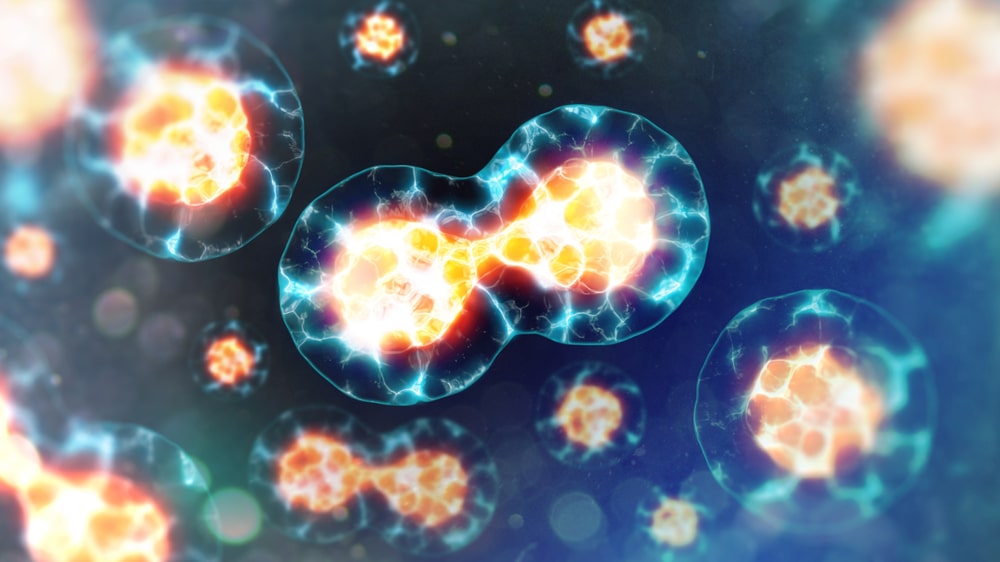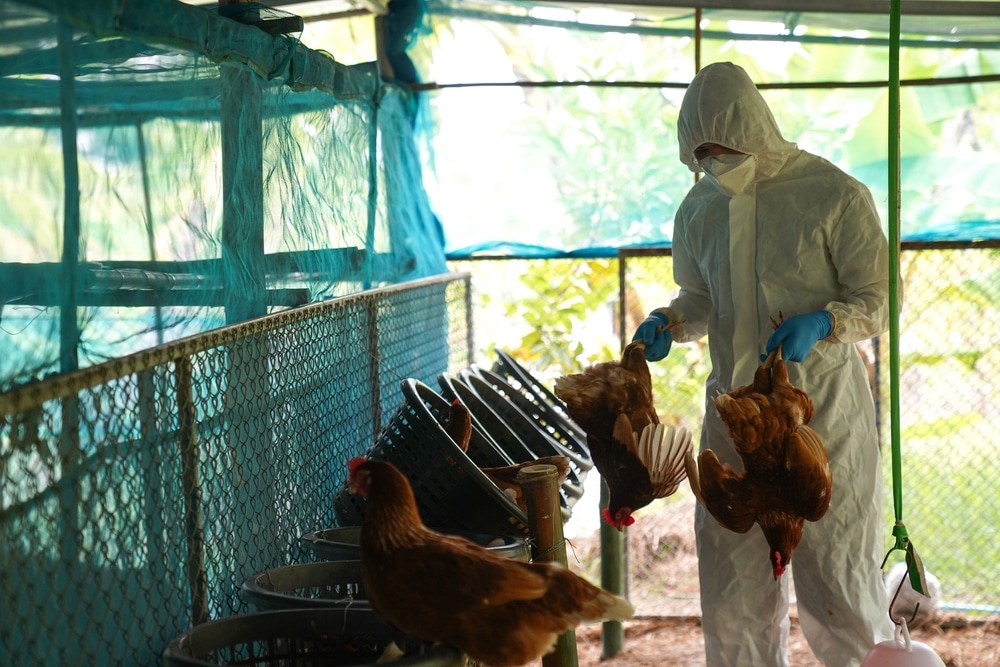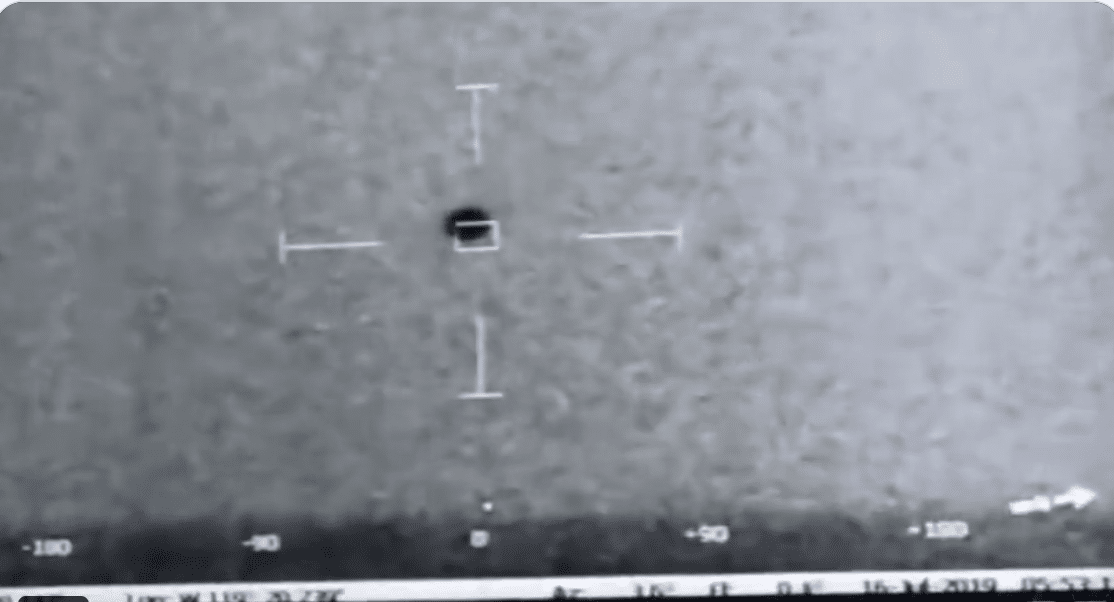(ETH) – A new study has revealed that nearly 60 percent of those surveyed in the US felt comfortable using animals to grow human organs from induced pluripotent stem cells.
This process is also known as “Human-animal chimeric embryos” or organisms that are created using cells from two or more species that have the potential to change how researchers study disease and generate organs and tissues for human transplants. The hopes are to one day in the future use this procedure to make it possible for someone that has been diagnosed with pancreatic cancer to have their stem cells injected into a modified swine embryo lacking its own pancreas so it can then grow the human organ for donation.
Human-animal chimeric embryos (HACEs) have already reportedly been created using human cells that have been injected into pigs, sheep, mice, rats, and monkeys, However, none of these procedures has been carried out in the US as there is a lot of opposition to the very idea of it being carried out in the US.
What happens, for example, if scientists were to grow a human brain in an animal, blurring the line between species? According to the report from TheScientist: “In response to ethical, social, and legal concerns, the National Institutes of Health (NIH) issued a moratorium on funding for HACE research in 2015 pending the development of a new set of regulatory guidelines.
While research continues in other countries—and even in the US, through collaborations with foreign researchers and private funding—the NIH has yet to reverse its decision, despite previous announcements that it would do so.” Scientists have discovered recently that one of the main findings was that there seems to be very broad support,
even broader than in the Japanese public, for the different steps of HACE research. Support was 59 percent, so a strong majority, support all three steps, including the returning of the organ into a human. Therefore, it appears that the US is becoming more acceptable to these types of gene-editing procedures in the future.

















